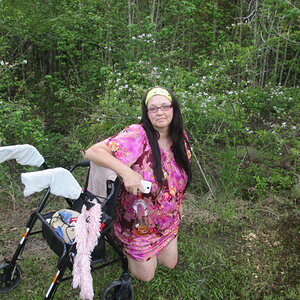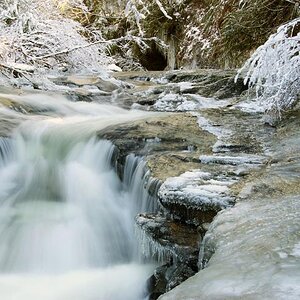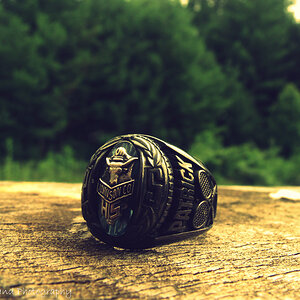JacaRanda
Hobbyist Birdographer
- Joined
- Mar 20, 2012
- Messages
- 5,472
- Reaction score
- 2,628
- Location
- Orange County California
- Can others edit my Photos
- Photos OK to edit
12%? DARN, now I have to break my New Years Resolution and continue buying $%^&&**%$%##stuff.


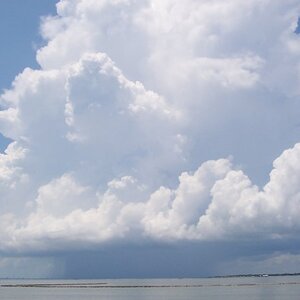




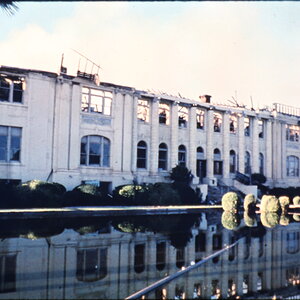
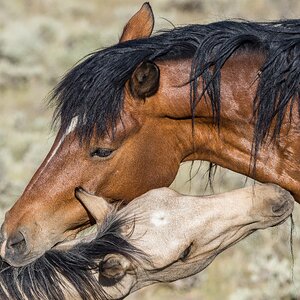
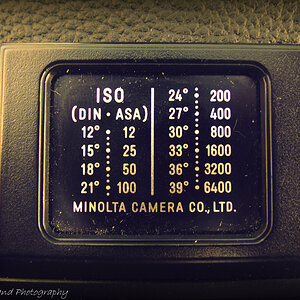
![[No title]](/data/xfmg/thumbnail/41/41796-690c109012575e084970902dbd3894ba.jpg?1619739896)
